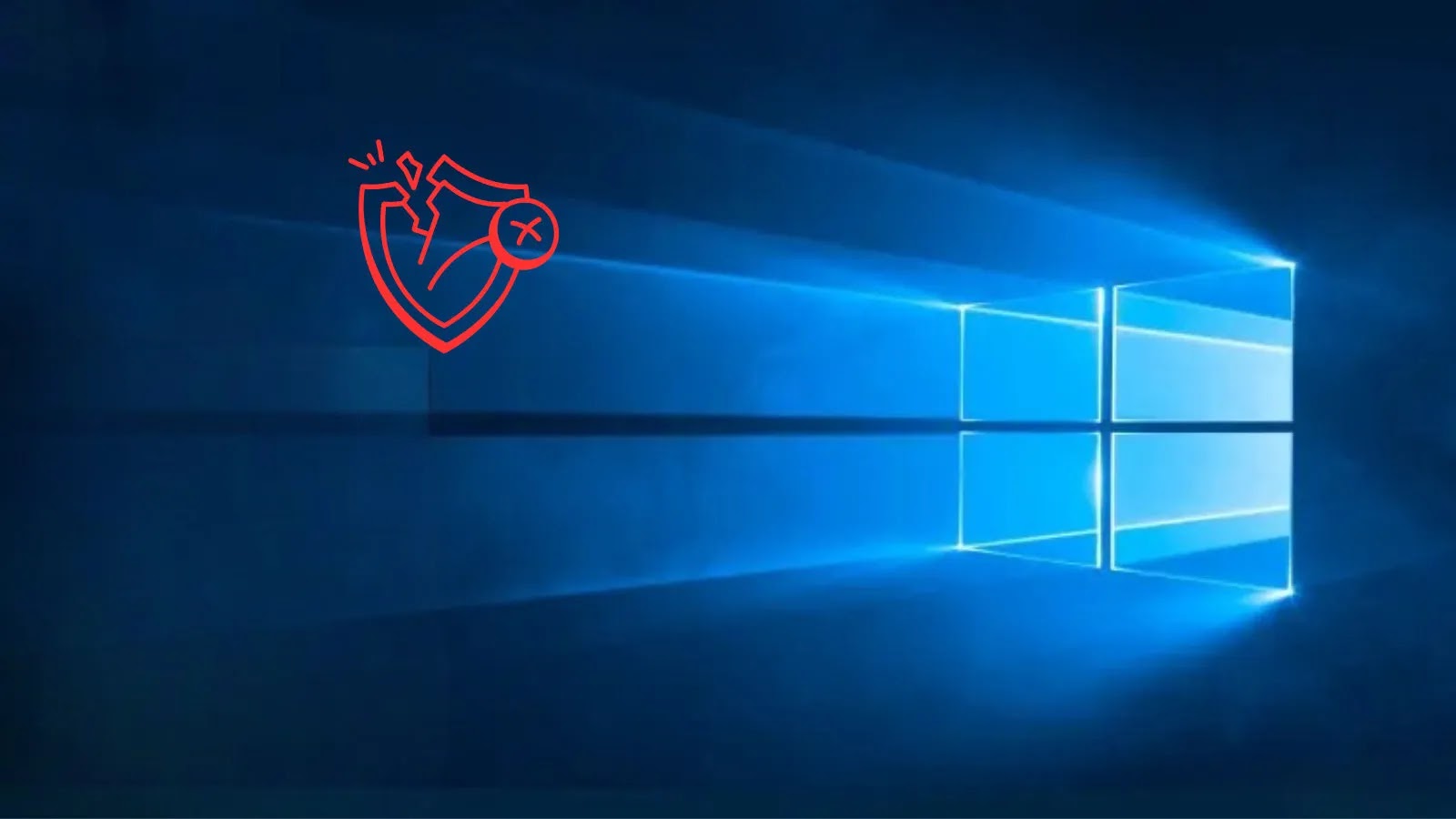
Senator Calls for FTC Investigation into Microsoft’s Use of Outdated RC4 Encryption and Kerberoasting Vulnerabilities
The cybersecurity landscape is fraught with challenges, yet few incidents resonate as deeply as those impacting critical national infrastructure. A recent development has brought Microsoft’s cybersecurity practices under intense scrutiny, with a U.S. Senator calling for a federal investigation into the tech giant’s alleged “gross cybersecurity negligence.” This accusation stems from Microsoft’s continued use of outdated encryption protocols and known vulnerabilities, which have reportedly enabled devastating ransomware attacks on vital U.S. sectors, including healthcare.
The Core Allegation: Outdated RC4 Encryption in Windows
At the heart of Senator Ron Wyden’s concern is Microsoft’s alleged knowing shipment of Windows operating systems with support for the dangerously outdated RC4 encryption algorithm. RC4, or Rivest Cipher 4, is a stream cipher first introduced in 1987. While once widely adopted, its cryptographic weaknesses have been well-documented for years. Numerous vulnerabilities and practical attacks have rendered RC4 cryptographically broken and unsafe for modern use. Its continued presence, even for backward compatibility, poses a significant risk as it can be exploited by attackers to decrypt sensitive data or facilitate other attacks.
Understanding Kerberoasting Vulnerabilities
Compounding the issue is the mention of “Kerberoasting vulnerabilities.” Kerberoasting is a post-exploitation technique used by attackers to obtain service account credentials. In a nutshell, attackers request a service ticket (TGS) for a service principal name (SPN) associated with a user account. The ticket is then encrypted with the NTLM hash of the service account’s password. Attackers can then extract this encrypted ticket from memory and attempt to crack the password offline using brute-force or dictionary attacks. If strong Kerberos pre-authentication is not enforced or service account passwords are weak, Kerberoasting can be highly effective in gaining elevated privileges within a Windows Active Directory environment. The presence of outdated encryption like RC4 can, in some scenarios, indirectly exacerbate the risk by making the overall environment weaker and potentially easing the path for such attacks.
Impact on Critical Infrastructure and Healthcare
Senator Wyden’s statement specifically highlights the devastating impact of these alleged vulnerabilities on U.S. critical infrastructure, particularly major healthcare systems. Ransomware attacks against healthcare providers can cripple operations, delay patient care, and even endanger lives. The ability for attackers to leverage known, unmitigated vulnerabilities to gain initial access or escalate privileges within these sensitive environments underscores a profound national security concern. The ongoing reliance on outdated cryptographic standards, especially when more secure alternatives are readily available, raises serious questions about an organization’s commitment to cybersecurity hygiene.
Remediation Actions for Organizations
Organizations, particularly those in critical infrastructure and healthcare, must proactively address these long-standing vulnerabilities. Here are key remediation actions:
- Disable RC4 Encryption: Migrate away from RC4 entirely. Configure Group Policies or local security policies to disable RC4 ciphers in Windows environments. Prioritize TLS 1.2 and 1.3 and other strong, modern cryptographic suites.
- Enforce Strong Account Passwords: Implement and enforce complex, unique passwords for all service accounts. Utilize password managers and regular password rotation.
- Implement Credential Guard: For Windows 10 Enterprise and Server 2016 and later, deploy Windows Defender Credential Guard to protect derived domain credentials.
- Monitor for Kerberoasting: Implement robust logging and monitoring for suspicious Kerberos ticket requests (Event ID 4769). Look for large numbers of service ticket requests for SPNs by non-service accounts.
- Least Privilege Principle: Ensure service accounts operate with the absolute minimum necessary privileges.
- Regular Security Audits: Conduct frequent audits of Active Directory and Windows configurations to identify and rectify misconfigurations.
- Patch Management: Maintain a rigorous patch management program, ensuring all systems are updated with the latest security patches. While specific CVEs for generic Kerberoasting depend on the underlying misconfiguration or weakness, general hardening measures significantly reduce risk.
Detection & Mitigation Tools
To aid in detecting and mitigating Kerberoasting and related Active Directory vulnerabilities, several tools are invaluable:
| Tool Name | Purpose | Link |
|---|---|---|
| BloodHound | Active Directory enumeration and attack path visualization, including Kerberoasting attack paths. | https://github.com/BloodHoundAD/BloodHound |
| Rubeus | Kerberos interaction and attack tool, useful for testing Kerberoasting vulnerabilities. | https://github.com/GhostPack/Rubeus |
| ADRecon | Active Directory reconnaissance tool for security posture assessment. | https://github.com/SensePost/ADRecon |
| Microsoft Defender for Identity (MDI) | Behavioral analytics and threat detection, including Kerberoasting attempts within Active Directory. | https://learn.microsoft.com/en-us/defender-for-identity/what-is |
The Way Forward
Senator Wyden’s call for an FTC investigation serves as a stark reminder of the critical importance of secure-by-design principles and the need for accountability from major software vendors. For organizations relying on these products, the takeaway is clear: do not assume default configurations are secure, and actively manage your attack surface. Proactive disabling of outdated cryptographic protocols and aggressive hardening against common Active Directory attack techniques like Kerberoasting are no longer optional but essential components of a robust cybersecurity posture.





